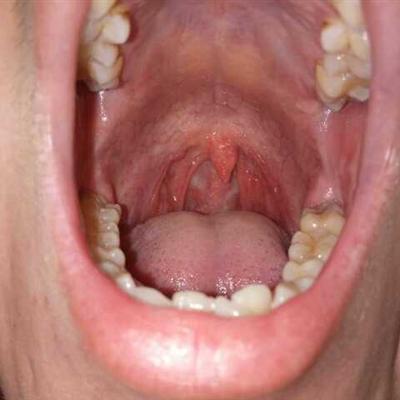What disease is subcutaneous fibromatous hyperplasia?
summary
What disease is subcutaneous fibromatous hyperplasia? Fibrous connective tissue is tumor like hyperplasia, forming tumor like mass, also known as fibromatosis. It includes many kinds, about more than ten kinds. The common ones are nodular fasciitis, proliferative fasciitis, proliferative myositis and banded tumor.
What disease is subcutaneous fibromatous hyperplasia?
It is usually small, with clear edge, smooth surface, hard texture and can be pushed. If mixed with other components, it becomes fibromyoma, fibroadenoma, fibrolipoma, etc. Fibroma, especially desmoid tumor in abdominal muscle, can be malignant and should be completely removed as soon as possible. Guidance: fibromatosis is a tumor derived from fibrous tissue. The cause of the disease is still unclear, which may be related to trauma, hormone and genetic factors. So surgical resection is the best treatment now.

Tumor like fibrous tissue hyperplasia is different from fibroma in that it is locally infiltrative and has no capsule. In addition to fibroblasts, there are a large number of myofibroblasts. Sometimes fibroblasts proliferate more actively, with abundant cells, nuclear hypertrophy, even with mild atypia and a few normal mitotic figures. When the resection is incomplete, it can recur many times without metastasis. According to the different types of lesions, it can be seen in infants, children and adults, generally more in children. It can occur in any part of the soft tissue, but in the limbs and abdominal wall of the subcutaneous, fascia, muscle and other places more common.

Fibromatosis is a tumor derived from fibrous tissue. The incidence rate was 1.37% of benign tumors of soft tissue. Tumors can occur in large muscles of any part of the body. Rectus abdominis and aponeurosis of its adjacent muscles are the most common tumors, which occur in pregnancy and late pregnancy. Those outside the abdominal wall are more common in men, especially in the scapula, thigh and buttock. The age of onset is mostly 30-50 years old, and children and adolescents are not uncommon.

matters needing attention
Fibromatous hyperplasia belongs to benign lesions, the specific cause of the disease is not very clear, may have a certain relationship with chronic inflammatory stimulation, the disease and lipoma are not the same disease, after resection there will be recurrence. For the more thorough removal of the lock, the probability of recurrence will be relatively low, after the operation to pay attention to their own observation.
















